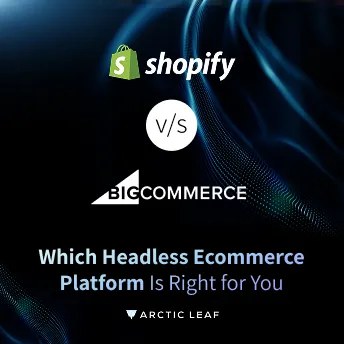How to Plan a Headless Commerce Architecture
Planning a headless commerce architecture requires a clear understanding of goals, systems, and technical priorities. Here’s how to get started.
1. When Headless Is the Right Fit
Choose headless if you need:
-
Lightning-fast performance
-
Full control over design and user flow
-
Multi-touchpoint selling (app, web, kiosk, etc.)
-
Flexible integrations or enterprise-level logic
If your store is small with simple needs, traditional platforms may still be a better fit.
2. Map the Core Structure
-
Frontend: Built with frameworks like Next.js, Nuxt, or Hydrogen
-
API Layer: Connects frontend to backend using GraphQL or REST
-
Backend: Shopify Plus or BigCommerce for commerce operations
-
CMS: Sanity, Contentful, or similar for content control
-
Hosting: Vercel, Netlify, or similar for edge delivery
3. Choose the Right Stack
Start by defining your performance goals and flexibility needs. Then select your frontend, CMS, commerce engine, and hosting provider accordingly.
4. Key Integrations
-
Analytics (GA4, Segment, Heap)
-
Personalization engines (Rebuy, Nosto)
-
Search (Algolia, Elasticsearch)
-
Customer service (Gorgias, Zendesk)
-
Custom checkouts and third-party payments
5. Performance Monitoring
Set up synthetic testing, real-user monitoring, and uptime tracking from day one. Measure load times, conversion paths, and content updates.
In the end, headless commerce offers control and speed but requires clear planning. By defining goals, choosing the right stack, and monitoring performance you can set the stage for a scalable, flexible store built to evolve with your business.
Need help scoping your headless build? Speak with our team to walk through your technical needs.





